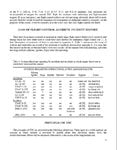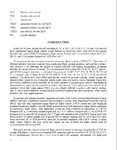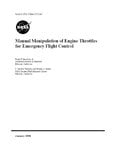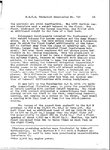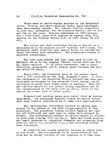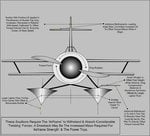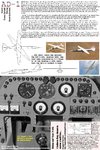- Thread starter
- #21
gaussianum
Airman
- 70
- Feb 12, 2006
JonJGoldberg said:gaussianum,
Sorry dude!!! This article is very bad news, in my opinion (but FlyboyJ seems to like it, so maybe I should reconsider).
It's Ok, but I really think you should read the full article. Maybe you're misinterpreting the author, and I suspect, to a significant degree.
He is trying, for some reason to say that the engine prop are always at a 90 degree angle to the direction of flight, and therefore can only produce a rolling effect.
No aircraft would fly in such a situation. Only a helicopter would. I think you're misinterpreting.
What is happening to the aircraft is similar to your experience, if you were holding a spinning bicycle wheel by the ends of the axel, as you change rotation, by swiveling (yawing) the axel, from horizontal to vertical, what is happening to our pilot is the view from near center of the axel.
What you are referring to, is gyroscopic motion. Climbing in an aircraft can produce a gyroscopic yawing motion, not a rolling one. Rolling will increase After the craft has started yawing, due to asymmetric wing lift, caused by the yaw itself.
My question has a physical origin. According to Newton's law of Action-Reaction, the torque imparted to the propeller is the opposite to the torque imparted to the airframe by the propeller/shaft. Since the prop rotates (Fast!), there is always a torque acting on the airframe, to make it rotate in the opposite direction. This is not an effect. This is the cause of all torque induced behaviour.
My question is: what force counters it?
Having the ailerons turned a bit to the right, when the controls are neutral (thus making the left wing generate slightly more lift than the right one), would counter it, but only when the airspeed reaches a certain level, namely cruise speed. This is because wing lift increases with V^2, so a small margin when speed is small, becomes a very large one when speed increases.
Another possibility would be, as the author says, to increase the left wing's incidence angle, relative to the right one.
P-factor only becomes significant when airspeed increases. Stockhouse says that the propwash force is stronger than p-factor at take-off, and although I would like to see the governing equations, I suspect that he is right.
I emphasize that the issue here is how rolling motion is countered, not yawing one.
When you stall, you roll. This means that the tail alone is not enough to counter engine torque. The propwash force is present, wether the aircraft is flying at 0 or 300 Km/h (as long as the engine is on, and the props are rotating, of course).
FlyboyJ, when flying at high speed, does an aircraft have a slight tendency to roll to the right?
Best Regards


